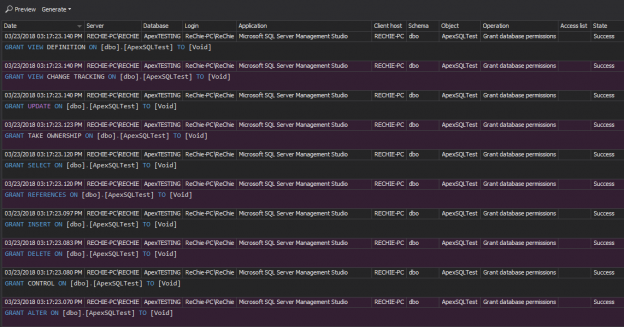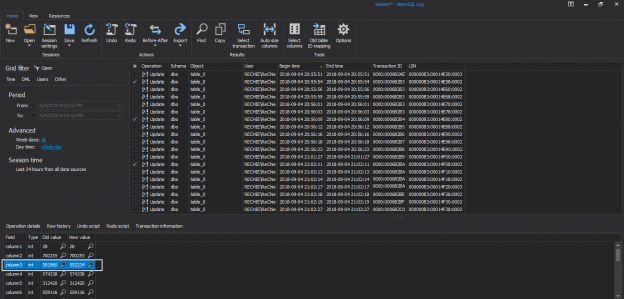
When discussing SQL Server security, one of the most important terms is principal. Principals are SQL Server entities, arranged in a hierarchy, which can request specific SQL Server resources. There are various principals in SQL Server, and in this article, we’ll focus on a database user entity. Unlike SQL Server login entities, which are used for accessing a SQL Server instance (a server-level principal), a database user entity (a database-level principal) is used for defining access to a particular database that belongs to the SQL Server instance
February 3, 2014










